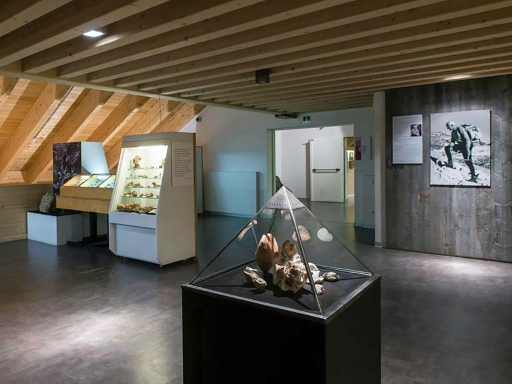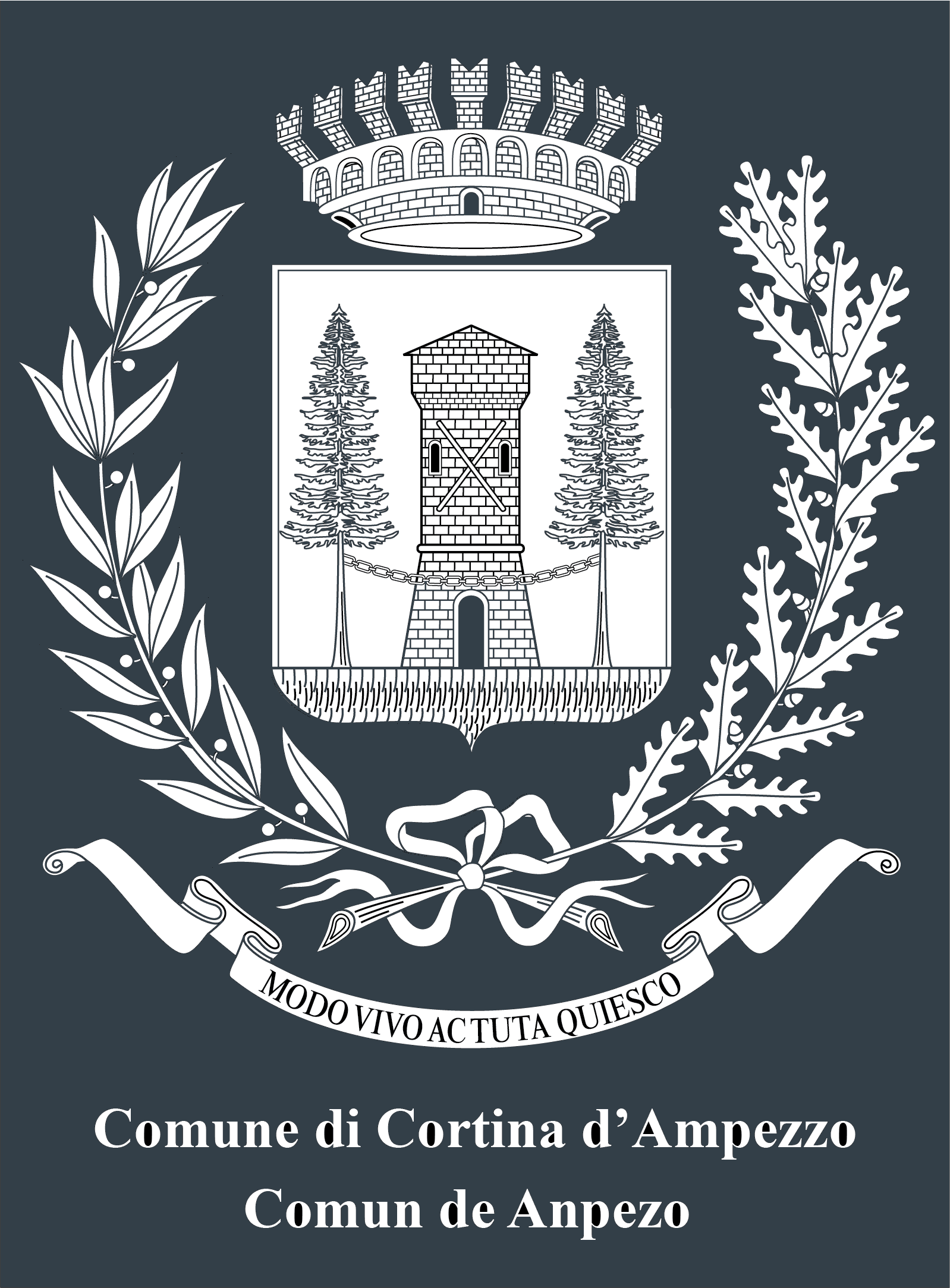
Named after the Ampezzo researcher Rinaldo Zardini, the museum presents a collection of Triassic fossils found in the territory of Cortina d’Ampezzo, one of the most substantial collections in existence today.
The museum tells the extraordinary adventure of life in the tropical seas from which the Dolomites were born.
Megalodons, shells of marine invertebrates, corals, sponges and fossils of countless animals are the concrete testimony of a very distant era in which an immense expanse of sea water extended over the territory of Cortina.
The finds, all from the Dolomite area, tell the geological evolution of the Valle d’Ampezzo, 200 million years enclosed in the traces of the earth, and is enriched by a section dedicated to botany.

Named after the Ampezzo researcher Rinaldo Zardini, the museum presents a collection of Triassic fossils found in the territory of Cortina d’Ampezzo, one of the most substantial collections in existence today.
The museum tells the extraordinary adventure of life in the tropical seas from which the Dolomites were born.
Megalodons, shells of marine invertebrates, corals, sponges and fossils of countless animals are the concrete testimony of a very distant era in which an immense expanse of sea water extended over the territory of Cortina.
The finds, all from the Dolomite area, tell the geological evolution of the Valle d’Ampezzo, 200 million years enclosed in the traces of the earth, and is enriched by a section dedicated to botany.

Named after the Ampezzo researcher Rinaldo Zardini, the museum presents a collection of Triassic fossils found in the territory of Cortina d’Ampezzo, one of the most substantial collections in existence today.
The museum tells the extraordinary adventure of life in the tropical seas from which the Dolomites were born.
Megalodons, shells of marine invertebrates, corals, sponges and fossils of countless animals are the concrete testimony of a very distant era in which an immense expanse of sea water extended over the territory of Cortina.
The finds, all from the Dolomite area, tell the geological evolution of the Valle d’Ampezzo, 200 million years enclosed in the traces of the earth, and is enriched by a section dedicated to botany.

Named after the Ampezzo researcher Rinaldo Zardini, the museum presents a collection of Triassic fossils found in the territory of Cortina d’Ampezzo, one of the most substantial collections in existence today.
The museum tells the extraordinary adventure of life in the tropical seas from which the Dolomites were born.
Megalodons, shells of marine invertebrates, corals, sponges and fossils of countless animals are the concrete testimony of a very distant era in which an immense expanse of sea water extended over the territory of Cortina.
The finds, all from the Dolomite area, tell the geological evolution of the Valle d’Ampezzo, 200 million years enclosed in the traces of the earth, and is enriched by a section dedicated to botany.

Named after the Ampezzo researcher Rinaldo Zardini, the museum presents a collection of Triassic fossils found in the territory of Cortina d’Ampezzo, one of the most substantial collections in existence today.
The museum tells the extraordinary adventure of life in the tropical seas from which the Dolomites were born.
Megalodons, shells of marine invertebrates, corals, sponges and fossils of countless animals are the concrete testimony of a very distant era in which an immense expanse of sea water extended over the territory of Cortina.
The finds, all from the Dolomite area, tell the geological evolution of the Valle d’Ampezzo, 200 million years enclosed in the traces of the earth, and is enriched by a section dedicated to botany.





Head Office: Loc. Sacus 4, 32043 Cortina d’Ampezzo (BL) – P.I. 00806650255 | Privacy Policy – Cookie Policy
The Cortina Skyline is back!
Starting December 23, 2025, the lift system connecting Tofane, 5 Torri, and Falzarego will be back in operation.
A spectacular journey among the peaks, made possible by the synergy between Servizi Ampezzo S.r.l. and ISTA S.p.A.
Ready to touch the sky?